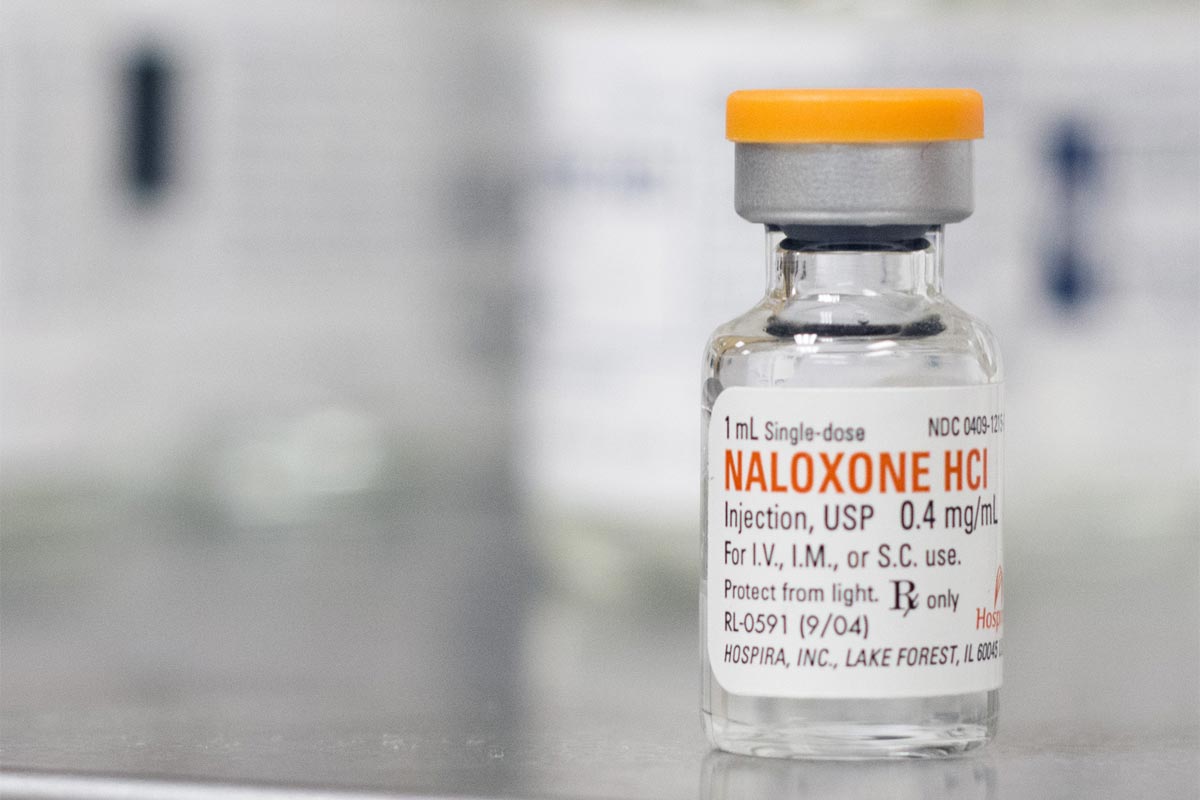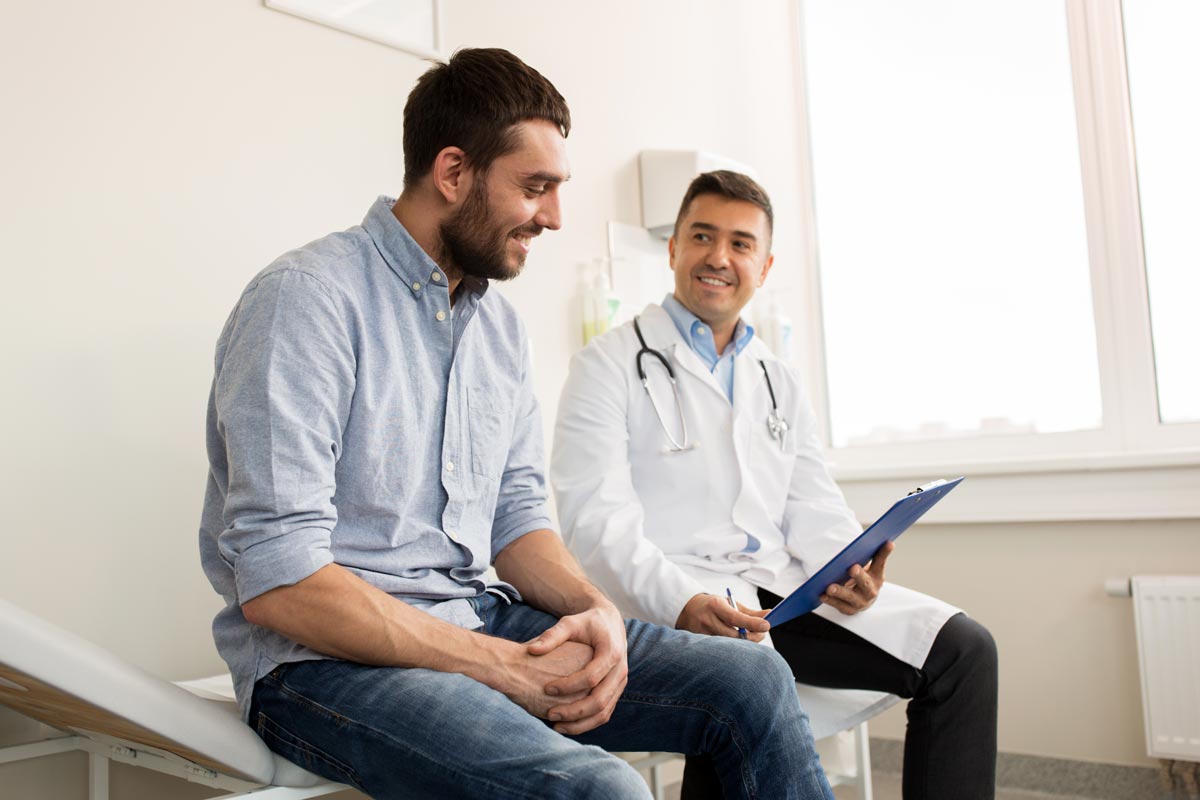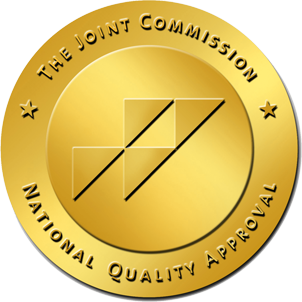
Naloxone, sold under the brand name Narcan, is a drug used to counteract the effect of opioids. It is most often used to reverse overdoses, giving people time to make it to the hospital and emergency care. Naloxone, which was first approved in the 1990s, is estimated to have saved tens of thousands of lives in the United States. It’s also available for free or at a low cost, via the drug’s distribution website and through many pharmacies. In most cases, you don’t even need a prescription. An estimated 1.6 million people have an opioid use disorder. A further 10.3 million abuse prescription pain pills, heroin, and other illicit opioids. Naloxone exists to give those people the opportunity to recover from an overdose and to get the help they need to live.That’s crucial, considering over 70,000 people in the U.S. die from opioids each year.
The CDC and the World Health Organization recommend Naloxone as first line treatment, marking it among the safest and most effective drugs in its type.
History of Naloxone
Naloxone or Naloxone Hydroxide was first patented in 1961. It quickly hit markets and was used in clinical trials of efficacy across North America. In a 20-year study, the drug reversed over 10,000 overdoses, giving patients time to get to the hospital. This study was crucial in opening Naloxone available to the “take-home” public, resulting in legislation that now allows families and addicts to pick up doses or order them online. In 2017, take home naloxone had been available for 20 years, with a consensus that it saved lives where available – but with too few people educated in using naloxone, more effort in education and availability would have to be done.
Today, Naloxone is available in most pharmacies and at most clinics for a low cost. In addition, you can get it for free at many shelters and drug shelters. Availability, of course, depends on region. However, you can always look for pickup options on the Narcan website.
What is Naloxone and How Does It Work?
Naloxone is an opioid agonist. It prevents opioids from binding to the brain. This means that when taken, the drug can actually cause the individual to go into withdrawal. That can be dangerous on its own, so it’s important to call 911, even if you have Naloxone on hand. In most cases, Naloxone is administered using a nasal spray which should successfully pull the individual out of an overdose within about 2-5 minutes. If it doesn’t, you’re recommended to give them a second dose.
Naloxone typically works for 20-30 minutes. After this, the individual may need a second dose. However, many people simply don’t call 911 for drug emergencies. While that often relates to the police showing up with ambulances, doing so could save a life. Currently, ambulances are called just 10-56% of the time during overdoses. Simply calling an ambulance after administering Naloxone ensures that the dose is enough, that follow-up treatment is handled, and that the person overdosing is monitored until they are out of the window of danger.
Get Your Questions Answered
Our expert & caring staff on site are available 24/7. Call us today.
Medication Assisted Treatment
While Naloxone is primarily used to reverse overdoses, it’s also used in Medication Assisted Treatment of MAT. Here, it is commonly administered with Buprenorphine. The idea is that someone using naloxone cannot get high off of an opioid. Buprenorphine includes a 1:20 mixture of Naloxone and Methadone. This allows the individual to take the methadone to relieve cravings and to reduce withdrawal symptoms, while preventing them from getting high. Naloxone is also poorly orally absorbed and is poorly absorbed through a patch. So, if the patient attempts to inject the methadone, the Naloxone takes effect, and they go into withdrawal instead.

This has allowed Buprenorphine to be used as a maintenance therapy, with little supervision by doctors. Naloxone may also be used as a maintenance therapy on its own. However, in most cases it is not. In addition, taking Naloxone while addicted can cause significant problems, such as paranoia, cold and flu symptoms, and spasms. Therefore, it’s important to seek out therapy and behavioral treatment when starting Naloxone therapy.
Does Naloxone have Side Effects?
Naloxone, like any other drug, has a full list of side effects. They are:
- Pain at injection site
- Burning sensation at injection site
- Hot flashes
- Sudden onset withdrawal
- Sweating
- Arrythmia (low chance)
- Allergies (low chance)
Naloxone is also completely non-addictive. Long-term users experience only slight increase in tolerance. However, with no other addiction profile, this drug is safe to take long-term with buprenorphine. However, buprenorphine is usually recommended for 3-6 months – so extremely long-term usage should never be a consideration.
In addition, with no overdose risk, Naloxone is safe to use, even by amateurs. In fact, if someone is not responding to a first dose, the recommendation is to give them a second one. And, if your ambulance does not show up within 20 minutes, it’s recommended to monitor the affected person and administer a new dose if symptoms of overdose start to reappear.
Essentially, Naloxone is one of the safest and most effective drugs for treating overdose, as listed by the World Health Organization.
Who Can Get Naloxone?
Naloxone is sold over the counter and for take-home use across most of the U.S.
It’s also FDA approved as a pill, a patch, an injection, and a nasal spray. The nasal spray is the most recommended, as it is the easiest to administer, even under stress. It’s also easier to use without complications than an intramuscular shot. However, both are readily available under two major brands. Narcan and EVZIO. Both are low-cost, widely distributed at pharmacies, shelters, and drug shelters, and easy to use. You can check online on Narcan.com to see where you can acquire the drug in your area.
Eventually, Narcan is a safety device. You have it on you to ensure that yourself or a loved one is safe in case of an opioid use disorder. If you’re already getting opioid addiction treatment, Narcan is a lifeline to prevent you from relapsing. In either case, the drug is safe, readily available, and it will help.
If you or your loved-one struggles from substance abuse please contact us today and speak with one of our experienced and professional intake advisors about the drug rehab admissions process. We’re here to help you recover.






